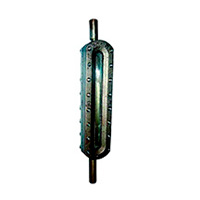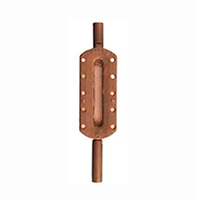Liquid level indicators
Description of Section "Liquid level indicators"
Liquid level indicators are devices used for visual monitoring of liquid levels in tanks, boilers, vessels, and other containers. They work in conjunction with shut-off devices, which ensure tightness and the ability to disconnect the indicator from the system.
Operating Principle of Liquid Level Indicators
The operating principle of level indicators is based on the law of communicating vessels. Liquid from the reservoir enters the indicator through the upper and lower valves of the shut-off device. The liquid level in the indicator corresponds to the liquid level in the reservoir. This allows the operator to visually monitor the condition of the working medium.
Shut-off devices play a key role in the operation of level indicators. They consist of two parts: an upper and a lower valve (or tap), which connect the indicator to the reservoir. If maintenance or glass replacement is required, the shut-off devices allow the liquid flow to be shut off.
Advantages of Liquid Level Indicators
- Ability to visually monitor the condition of the working medium without complex electronic systems.
- Simple design ensures reliable operation.
- Versatility in application for both water and other non-aggressive liquids.
Disadvantages of Liquid Level Indicators
- Need for regular maintenance (replacement of glass or tubes in case of damage).
- Limited application for aggressive environments without additional component protection.

